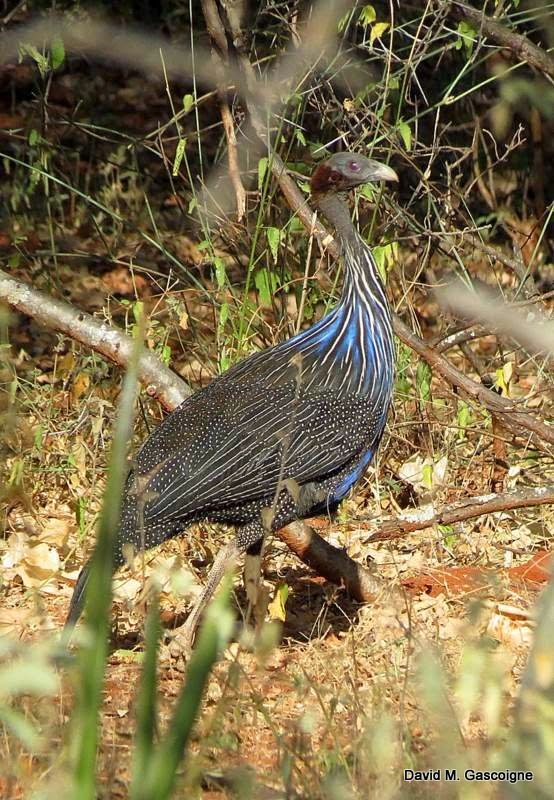Ring-billed Gull Larus delawarensis
22 March 2014
Yesterday I attended the Annual Meeting of the Ontario Chapter of the Eastern Bluebird Society, held at the Royal Botanical Gardens in Burlington, and during the lunch break took advantage of a half hour to spare to get down to the waterfront in Hamilton.
Ring-billed Gull is far and away the most common gull in this part of the world; hence it often escapes our attention. It is now in wonderful, crisp, clean, breeding plumage and is really a handsome bird indeed. Yesterday the birds, were vocal, quarrelsome at times, all the while posturing and courting with all the passion stirred by their hormonal state at this time of year.
Amidst all the posts of birds from Ethiopia, which are exotic to us of course, it seems entirely appropriate to insert a post of this familiar, but no less impressive, resident of southern Ontario.





























































.svg.webp)









